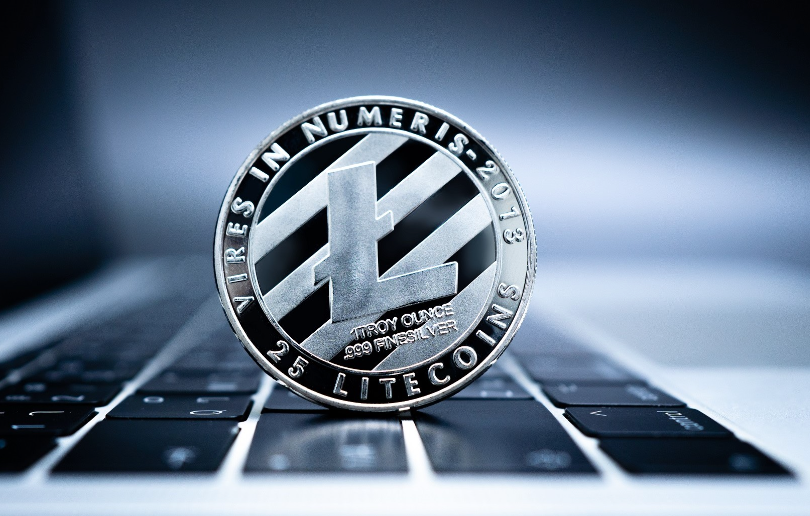#Litecoin #Cryptocurrency #Blockchain #Investing #Trading #Finance #Technology #MarketTrends
Litecoin, a notable cryptocurrency that was conceived as a “lighter” alternative to Bitcoin, has experienced significant volatility in recent months. Following a peak in April, the value of Litecoin has been on a downward trend according to analyses of daily chart arrangements. Despite this, there has been a noticeable recovery with Litecoin’s price climbing 20% from its July lows, suggesting a resilient comeback. This rebound is supported by several positive developments, particularly in on-chain metrics that hint at underlying strength in the Litecoin market. It is essential for investors and enthusiasts to monitor these trends as they reflect both immediate financial health and potential long-term value in the cryptocurrency space.
An intriguing aspect of Litecoin’s recent performance is its appeal among high-value investors, or “whales,” who are likely attracted by the network’s enhanced security features and comparatively low transaction fees. According to data from IntoTheBlock, a significant upturn in large transactions on Litecoin’s network has been recorded, with the total value of these transactions surpassing $2.85 billion. This volume represents a substantial portion of the network’s overall market cap and starkly contrasts with the activity observed in other cryptocurrencies, such as Dogecoin, which, despite having a larger market cap, sees considerably less value in large transactions. Such metrics underscore Litecoin’s unique position in the market and its potential as a haven for substantial capital flows.
Further underscoring Litecoin’s robust framework is the consistent commitment from miners to the network. Despite the scheduled halving event in 2023, which will reduce miner rewards, the Litecoin network maintains a hash rate of 1.01 PH/s. This sustained mining activity is pivotal for ensuring network security and attests to the miners’ confidence in Litecoin’s long-term prospects. The halving is a significant event that reduces the rate at which new coins are generated, potentially leading to increased scarcity and value over time. Therefore, the miners’ continued support in the face of decreasing rewards highlights a bullish outlook for Litecoin’s future.
Moreover, an interesting development in the Litecoin ecosystem is the growing adoption of Mimble Wimble (MWEB) transactions, which offer enhanced privacy features. The volume of MWEB transactions has notably doubled recently, indicating a growing demand for privacy among users. While MWEB transactions come at a higher cost compared to standard transactions, they remain significantly cheaper than those on the Bitcoin network. This innovation not only enhances Litecoin’s utility but also positions it favorably among users seeking privacy without compromising on cost. Despite the fluctuations in Litecoin’s market price, the strong hold rate among investors—with the majority having held their coins for over a year—demonstrates a steadfast belief in its value and utility. As the cryptocurrency landscape continues to evolve, Litecoin’s unique features and strong community support herald its potential for sustained relevance and growth.





